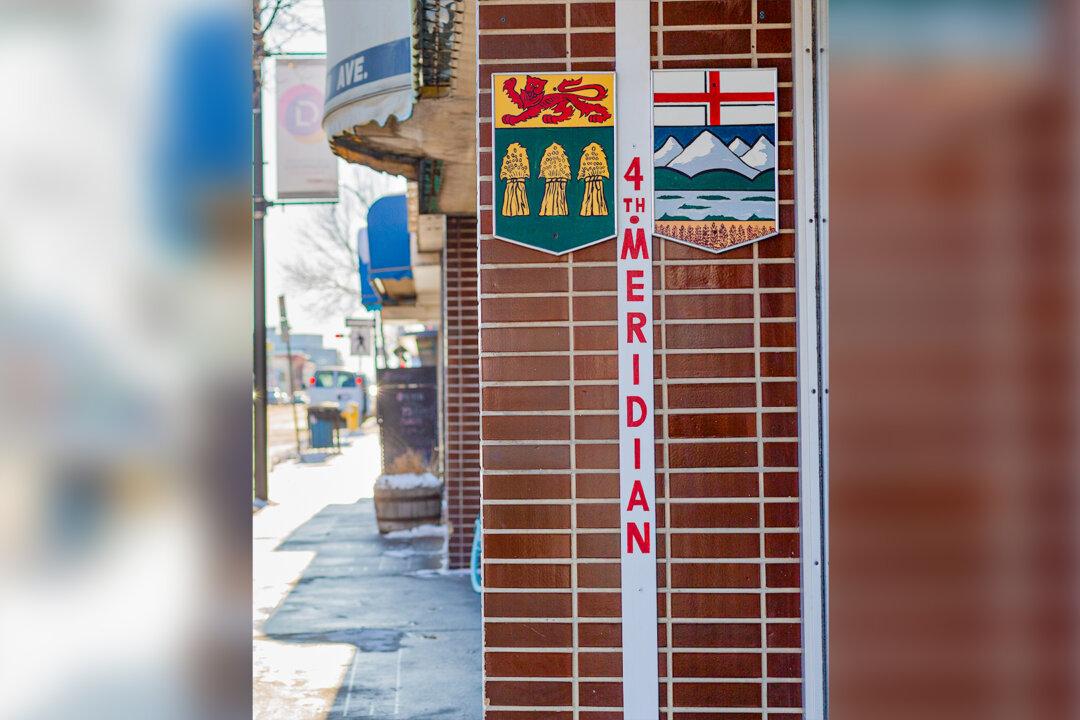When most of Canada changes clocks to follow daylight saving time Sunday morning, Saskatchewan’s border cities will find themselves divided in a province that has uniform time year-round.
Two municipalities in Saskatchewan border another province: Lloydminster on the west is partly in Alberta, and Flin Flon on the east abuts Manitoba.





